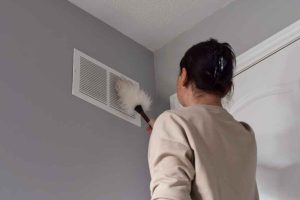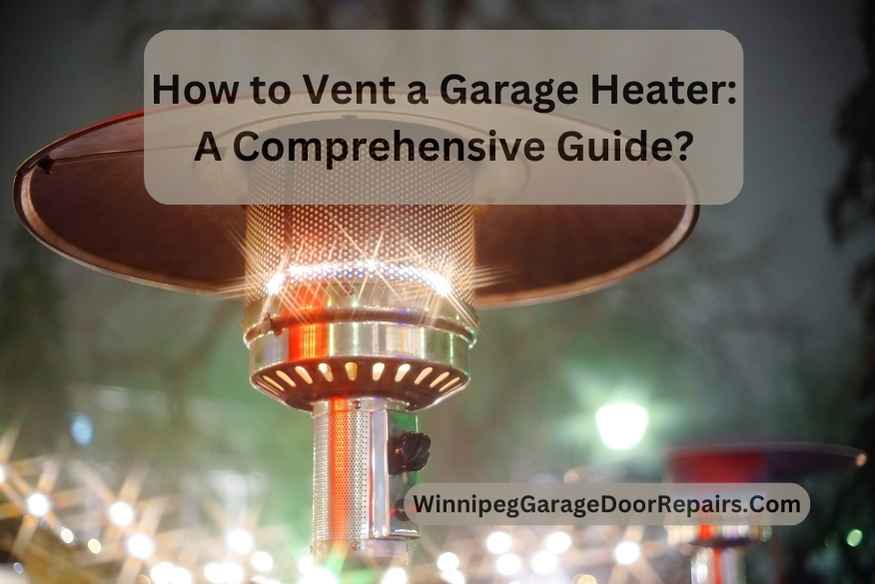Ever thought about the right way to vent your garage heater? It’s not just about comfort, but safety too. This guide is your go-to resource, especially if you’re looking for quality garage heaters Winnipeg. You’ll learn the ins and outs of venting a garage heater, from selecting the right components to installing and testing the system. We cover everything you need for a safe, efficient setup. Let’s get to it!
Understanding Venting Requirements
Understanding the venting requirements for your garage heater is the first critical step. It’s not just about following rules; it’s about ensuring your safety. Different heaters need different types of venting.

This section explores these variations in detail. We discuss natural venting, direct venting, and power venting systems, each with its own set of rules and benefits. Additionally, we’ll look into local building codes and guidelines.
These often vary by region and are crucial to ensure your setup complies with safety standards. Understanding these requirements will not only keep you safe but also prevent legal issues down the road.
Read More:- How to Install a Garage Heater?
Choosing Venting Components
Choosing the right venting components is a delicate balance between compatibility with your heater and adherence to safety standards. This section dives into the types of vent pipes, such as aluminum, stainless steel, and PVC, discussing their pros and cons.
We will also cover the importance of selecting the correct vent size and length, which is essential for the efficient and safe operation of your garage heater. You’ll learn how to match your heater’s requirements with the available components, ensuring a setup that’s both efficient and up to code.
Install the Vent System
Installing the vent system correctly is crucial for the safe operation of your garage heater. This part of the article provides a detailed guide on how to install venting components safely and effectively.
We’ll walk you through each step, from preparing the installation site to connecting and sealing the vent pipes. Special emphasis is given to aligning vents properly to ensure maximum efficiency and to prevent any hazardous gas leaks.
By following these guidelines, you can ensure a secure installation, giving you peace of mind and a well-functioning heater.
Read More:- How Well Do Infrared Heaters Work in a Garage?
Testing and Safety Checks
Once your vent system is installed, it’s vital to conduct thorough testing and regular safety checks. This section outlines how to perform a comprehensive test of your vent system, checking for leaks and ensuring proper ventilation.
We’ll discuss what tools you’ll need and how to use them. Regular maintenance and safety checks are also covered, guiding you on what to look for and how often to perform these checks.
This knowledge is key to ensuring your vent system remains safe and functional over the long term, avoiding potential hazards and costly repairs.
Conclusion
Ensuring your garage heater is properly vented is crucial for both safety and efficiency. Throughout this guide, we’ve detailed every necessary step, from understanding the basic requirements to installing, testing, and maintaining your vent system. Armed with this knowledge, you can create a safe and warm space in your garage. And remember, when in doubt, don’t hesitate to seek help from a professional.







